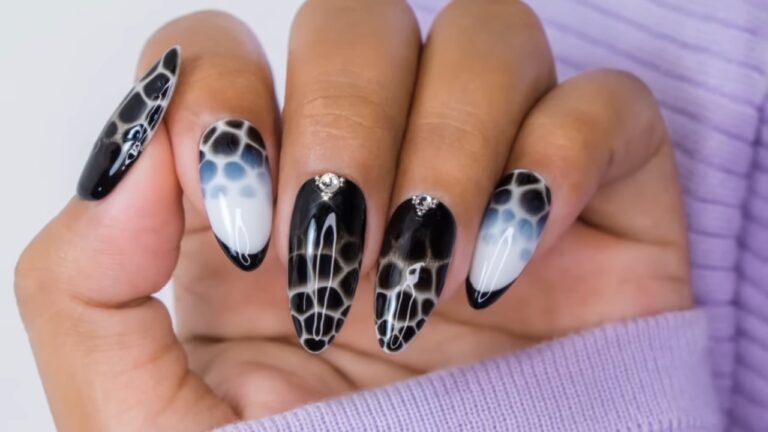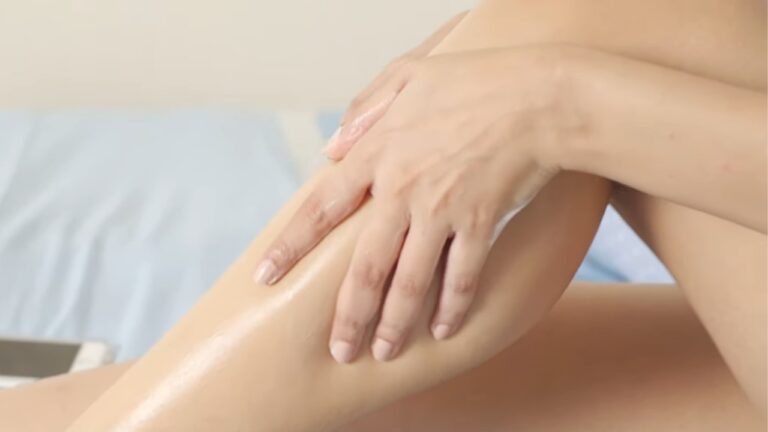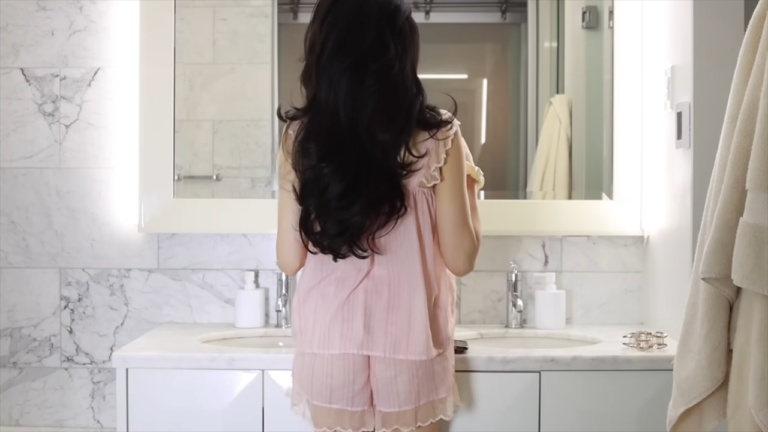One of the most personal and critical steps I take with my clients is determining their perfect foundation match. The actual shade matching is a hands-on experience.
I never rely on just swatching on the wrist or the back of the hand—these areas often don’t match the face perfectly. Instead, I apply swatches along the jawline, blending down towards the neck. This technique helps me see not only how the foundation melts into their skin but also how it looks against the slightly different tones of their neck.
A foundation might match perfectly in one light or on one part of the body, but if it doesn’t look right in the broader context, it’s not the right one. That’s why I prepared a few tips that can help you find your perfect match.

Where to start?
The first step in your quest is understanding your skin’s undertone. Undertones are the colors that come through the skin from beneath the surface to affect its overall hue. They are generally categorized into three types: warm, cool, and neutral.
- Warm undertones have a golden, peachy, or yellow cast, adding a sunny glow to the complexion.
- Cool undertones exhibit pink, red, or bluish hints, giving the skin a rosy or porcelain appearance.
- Neutral undertones offer the best of both worlds, presenting a balanced blend that works well with a variety of colors and makeup styles.
How to find your undertone?
The Vein Test
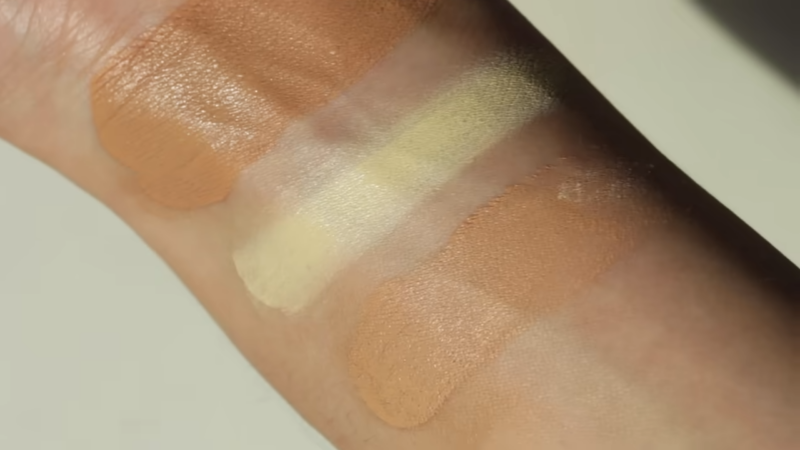
Inspecting the veins on the inside of your wrist is a quick way to gauge your skin’s undertone. Blue or purple veins typically signify a cool undertone, while greenish veins suggest warmth. If your veins don’t clearly lean towards blue or green, displaying a mix of both, your undertone is likely neutral.
This test is a simple yet effective starting point for understanding how to select makeup and clothing colors that harmonize with your natural hues.
The Jewelry Test
How jewelry affects your skin tone can also reveal your undertone. Silver jewelry tends to illuminate cool undertones, making the skin appear more vibrant, whereas gold jewelry enhances the rich, warm hues of warm undertones.
If you find that both metals are flattering, you’re enjoying the versatility of a neutral undertone, allowing you a broader range of color choices in both your wardrobe and makeup.
Remember, mastering the art of accessorizing can effortlessly elevate any outfit, so don’t be afraid to experiment with different pieces to find your signature style.
The White Fabric Test

Using a piece of white fabric can be a revealing test for determining your undertone. Cool undertones will be highlighted by a pinkish reflection on the skin, indicating a rosy undertone. In contrast, a yellowish cast suggests warm undertones, contributing to a sun-kissed look.
If the fabric doesn’t distinctly change the appearance of your skin, you’re likely neutral, offering a blank canvas for a wide array of colors.
Shades for every skin tone
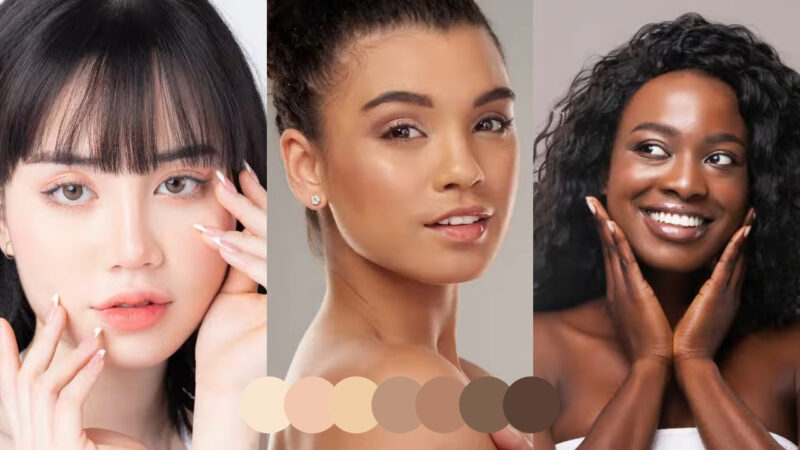
Light skin tones
For those with light skin, it’s crucial to avoid shades that make your complexion look washed out or unnaturally tinted. Instead, opt for foundations that offer a slight golden or peach undertone to infuse warmth and vitality into your complexion.
These choices help create a natural, healthy-looking glow that enhances rather than masks your natural skin tone.
Medium skin tones
Individuals with medium skin tones enjoy the benefit of a broad palette of suitable shades. Selecting a foundation that closely aligns with your undertone prevents the skin from looking dull or discolored.
For those with a warm undertone, golden or honey shades enrich the skin’s natural radiance, whereas cool undertones are flattered by foundations with a slight rose tint, lending a fresh, awakened look to the complexion.
Dark skin tones
The complexity of dark skin tones requires a discerning eye for the correct shade and undertone. It’s essential to find brands that offer a wide spectrum of deep shades, recognizing the rich variety of undertones within darker skin.
Choosing the right foundation avoids the pitfall of an ashy or flat appearance, instead celebrating the skin’s natural depth and warmth with shades that complement rather than conceal its inherent beauty.
The role of lighting

Lighting profoundly affects how the foundation looks on your skin, with natural light providing the truest representation. To avoid surprises, always step outside or find a well-lit area to test foundation shades.
As I’ve already mentioned, testing along your jawline ensures the foundation matches both your face and neck, providing a seamless transition that looks natural under any lighting conditions.
All in all…
Foundation is the first step that sets the tone for your whole look. We’re all unique, so your foundation process will be too.
Over time you’ll discover shades that feel like they were made just for you. Don’t stress if it takes some trial and error to find the perfect match.
Having the right makeup tools, like brushes and sponges, can also make a big difference in achieving that flawless finish.
Related Posts:
- Does CeraVe Expire? The Ultimate Guide About…
- 6 of the Best Cosmetic Skin Treatments - Glow Up Guide
- 10 Essential Capsule Wardrobe for Every Season -…
- Trending Now: Bold Lip Colors for Every Occasion
- 8 Natural Ingredients for Nourishing Your Body Skin
- Managing Sensitive Skin: Tips and Recommended Products





